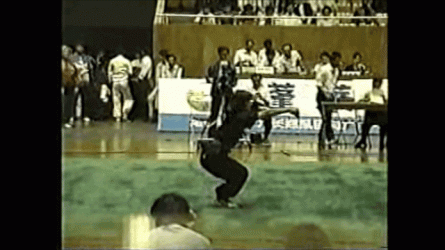Sparring can always be monitored even when kids have no focus. That is up to the instructor to do that. Once the get a good visual of incoming punches and kicks, Everthing else becomes easier to do and understand when doing forms.I'd have to disagree with that, respectfully. Untrained kids lack focus and control and can easily hurt each other. I realize that when they begin kata training, they don't really understand why they are doing what they are doing, but that's on the instructor to provide that information and explain how it works.
It's common for Siblings to play fight and to rough house. It's only natural. We see this not just with humans but also with other animals. The risk should be minimum if supervised properly. As for focus loss It's like dodgeball. It won't happen often after the ball nails them a few times.

